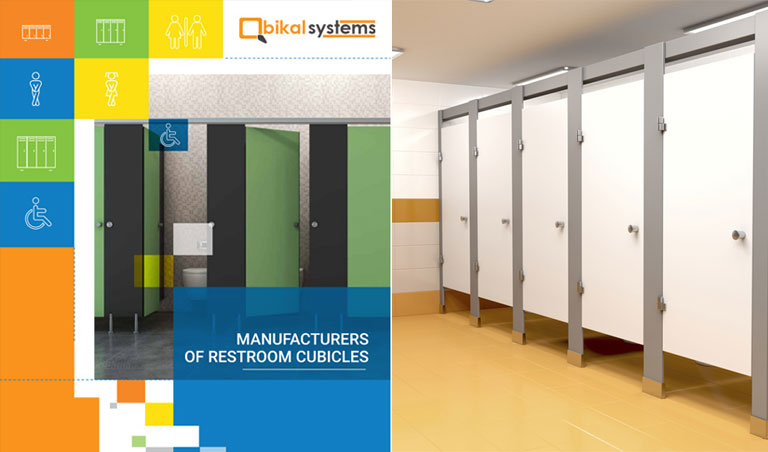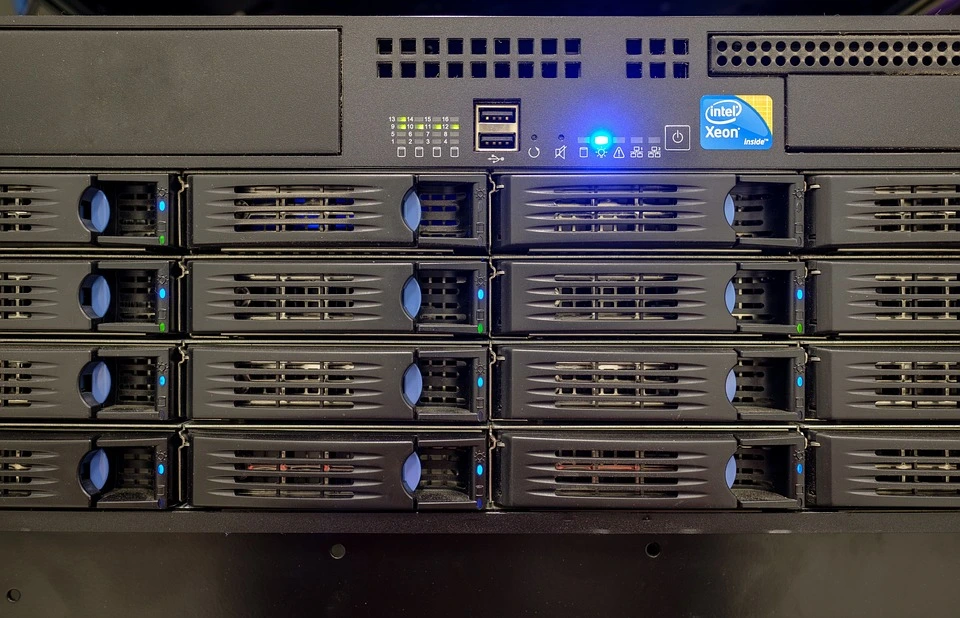Toilet cubicles have evolved from mere functional partitions to essential elements of architectural design, hygiene, and sustainability. With growing emphasis on user comfort, aesthetic appeal, and advanced technology, modern toilet cubicles are redefining how we perceive restroom spaces. In this detailed exploration, we’ll uncover every aspect of toilet cubicles, from their benefits and materials to trends shaping their future.
The Evolution of Toilet Cubicles
Historically, restroom spaces were designed with a focus on utility, often neglecting privacy, hygiene, and design. However, over the decades, there has been a shift toward creating more user-centric and innovative designs. Key milestones in the evolution of toilet cubicles include:
- 1950s-1970s: Basic Partitions
Early restroom cubicles were simple, functional partitions made of wood or metal. Privacy was minimal, and little attention was given to aesthetics. - 1980s-1990s: Introduction of Laminates
Laminated partitions emerged as a popular option, offering durability and a variety of finishes. During this period, modular systems gained traction, allowing for easier installation and maintenance. - 2000s-Present: Focus on Innovation
With advancements in technology and materials, toilet cubicles today are more sophisticated, incorporating smart features, eco-friendly materials, and sleek designs. Modern cubicles prioritize privacy, hygiene, and inclusivity while aligning with global architectural trends.
Key Benefits of Modern Toilet Cubicles
1. Enhanced Privacy
Contemporary toilet cubicles come with features like full-height doors, acoustic panels, and minimal gaps, addressing privacy concerns effectively.
2. Space Optimization
Cubicles are designed to maximize the use of available space. Compact and modular designs ensure efficient layouts, accommodating more users in busy restrooms.
3. Superior Hygiene Standards
Modern cubicles use antibacterial surfaces, touch-free locks, and easy-to-clean designs, minimizing the spread of germs and ensuring a hygienic environment.
4. Durability and Cost-Effectiveness
High-quality materials such as compact laminate or stainless steel make toilet cubicles resistant to wear and tear, ensuring long-lasting performance with minimal maintenance costs.
5. Aesthetic Versatility
With endless customization options, toilet cubicles can complement the overall interior design, whether in minimalist office buildings or vibrant school restrooms.
6. Inclusivity and Accessibility
Innovative designs cater to diverse users, including those with disabilities, ensuring compliance with regulations such as ADA (Americans with Disabilities Act) and promoting inclusivity.
Popular Materials for Toilet Cubicles
The choice of material significantly impacts the durability, aesthetics, and maintenance of toilet cubicles. Here’s an in-depth look at commonly used materials:
1. Compact Laminate (CL)
Highly durable and water-resistant, compact laminate is ideal for high-traffic areas like public restrooms and gyms.
2. High-Pressure Laminate (HPL)
Known for its design versatility, HPL is available in various colors, textures, and patterns, making it a popular choice for stylish interiors.
3. Stainless Steel
This material is synonymous with durability and hygiene, often used in industrial settings and minimalist restroom designs.
4. Glass
Tempered and frosted glass cubicles add a touch of luxury and sophistication, often found in premium hotels and office spaces.
5. Solid Wood and Veneers
While less common, these materials are sometimes used for bespoke or boutique restroom designs, offering a natural and elegant aesthetic.
6. PVC and Plastic Laminates
Lightweight and cost-effective, these materials are ideal for temporary structures or budget-friendly projects.
Innovative Features of Modern Toilet Cubicles
1. Touchless Solutions
Post-pandemic, touchless features like motion-sensor locks, automatic flush systems, and door mechanisms have become standard.
2. IoT Integration
Smart cubicles equipped with sensors provide real-time data on occupancy, usage patterns, and maintenance needs, streamlining restroom management.
3. Self-Cleaning Systems
Advanced cubicles now come with automated cleaning features, ensuring hygiene without manual intervention.
4. Soundproofing
Acoustic panels and sound-dampening materials are incorporated to minimize noise, enhancing user privacy and comfort.
5. Custom Branding
Businesses can customize cubicles with logos, thematic designs, or colors that align with their branding, creating a cohesive aesthetic.
Applications of Toilet Cubicles
1. Corporate Spaces
Modern office buildings prioritize employee well-being, with stylish and functional cubicles that enhance restroom aesthetics and comfort.
2. Educational Institutions
Schools and universities require durable, kid-friendly, and inclusive designs to cater to diverse needs.
3. Hospitality and Retail
Hotels, restaurants, and malls use premium cubicles to create a luxurious and hygienic experience for guests.
4. Healthcare Facilities
Hygiene is critical in hospitals and clinics, making antibacterial and easy-to-clean cubicles a must-have.
5. Public Transportation Hubs
Airports, railway stations, and bus terminals rely on high-durability, space-optimized cubicles to manage high foot traffic.
Emerging Trends in Toilet Cubicle Design
1. Full-Height Cubicles
Eliminating gaps for enhanced privacy, full-height designs are becoming the norm in modern restrooms.
2. Vibrant Color Schemes
Bright and bold colors are increasingly used in schools and entertainment venues to create a lively atmosphere.
3. Sustainable Materials
Recycled materials and eco-friendly finishes are gaining traction as businesses focus on reducing their environmental impact.
4. Modular Systems
Prefabricated cubicles offer flexibility, quick installation, and the ability to adapt to changing requirements.
5. Biophilic Design
Incorporating natural elements, such as wood finishes or green accents, aligns with the growing trend of biophilic design, promoting a sense of calm and connection to nature.
Future of Toilet Cubicles
The future of toilet cubicles lies in innovation and sustainability. Advancements in material science will lead to cubicles that are lighter, stronger, and more eco-friendly. Technology will continue to play a pivotal role, with features like AI-based occupancy management, climate control, and personalized settings becoming mainstream.
As businesses and institutions prioritize user experience, toilet cubicles will evolve to meet rising expectations, blending practicality with cutting-edge design.
Conclusion
Toilet cubicles are no longer just partitions; they are pivotal elements of modern restroom architecture. From advanced technology to sustainable materials, their design continues to evolve, offering unparalleled functionality and aesthetics.
Whether you’re designing a corporate office, a shopping mall, or a public facility, investing in high-quality, innovative toilet cubicles ensures a superior restroom experience that meets the demands of today and anticipates the needs of tomorrow.
Explore the endless possibilities with leading toilet cubicle manufacturers and redefine restroom design!
Also Read
- ► Pest Control Services: Your Ultimate Solution for a Pest-Free Environment
- ► My experience of the Golden Triangle Holiday with Rajasthan Exploration
- ► Xactimate Estimating Services Explained: A Guide for Contractors and Adjusters
- ► Feature Engineering in Data Science: A Complete Guide
- ► Dengue Spray: A Crucial Tool in the Fight Against Dengue Fever
- ► Unleashing Innovation: Top IT Solutions by APP IN SNAP in Pakistan
- ► Termite Treatment in Lahore: Protecting Your Home from Silent Invaders
- ► Top Passive Income Ideas to Boost Your Earnings
- ► Sp5der | Sp5der Worldwide Store | Official Sp5der Clothing
- ► Best Way to Prepare for Government Exams Timely
- ► Discover the Hottest Trends with Yeezy Gap
- ► Eric Emanuel and Yeezy Gap Are Shaping the Future of Fashion
- ► How to Choose the Best UI UX Website Design Agency for Your Business
- ► How to Build a Strong Cyber Security Portfolio with an HNC in Edinburgh
- ► How To Wear a Men’s Leather jacket? A Beginner’s Guide




